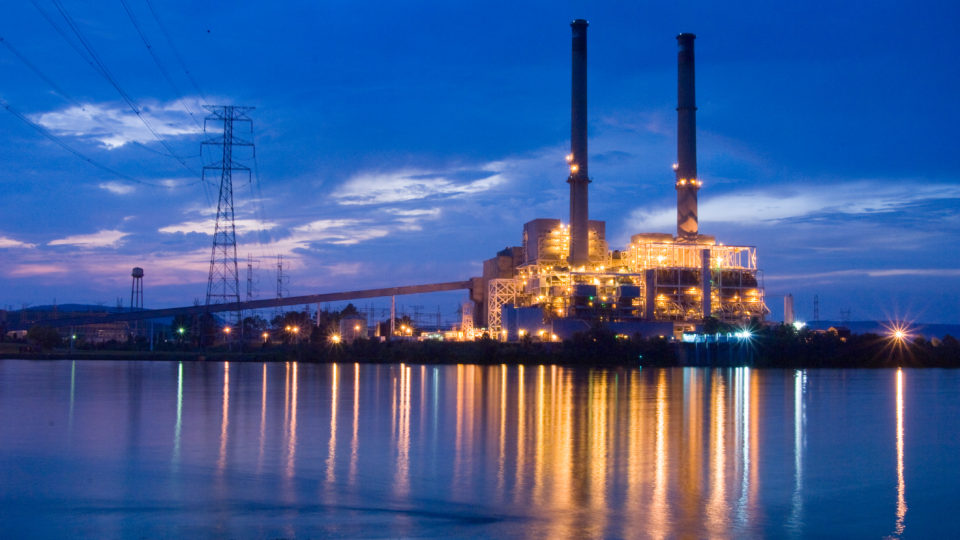The Paris Climate Agreement set forth a goal to keep global warming below 2 degrees Celsius as well as a more optimistic (and preferable) goal of keeping the temperature rise to less than 1.5 degrees. Reaching either of these goals requires getting to net-zero emissions by the middle of the century.
A new paper, published in Nature, looks at the issue of whether existing power plants and other fossil-fuel-burning equipment (including vehicles) can continue to operate until they age out of functionality, or whether they need to be retired early.
The results of the study are that future emissions from existing facilities would take up the entire carbon budget needed to limit warming to 1.5 degrees Celsius and almost 2/3 of the budget needed to keep warming below 2 degrees over the next 30 years.
So, the good news is that we can still avoid a 2-degree rise without having to shut down all the existing power plants early. But we would definitely have to stop building new things with smokestacks and tailpipes that dump CO2 into the atmosphere.
That good news is tempered by the fact that the number of fossil fuel-burning power plants and vehicles in the world has increased dramatically over the past decade, spurred by rapid economic and industrial development in China and India. In fact, China is predicted to produce more than 40% of all the carbon emissions over the next 30 years.
The 2-degree climate goal is not at all the most desirable result. The 1.5-degree target would be far better for the climate. But if the world is to achieve it, there will be dramatic changes needed in the existing infrastructure – either shutting it down or retrofitting it to drastically reduce emissions.
**********
Web Links
Two-Degree Climate Goal Attainable Without Early Infrastructure Retirement
Photo, posted March 5, 2010, courtesy of Tennessee Valley Authority via Flickr.
Earth Wise is a production of WAMC Northeast Public Radio.
